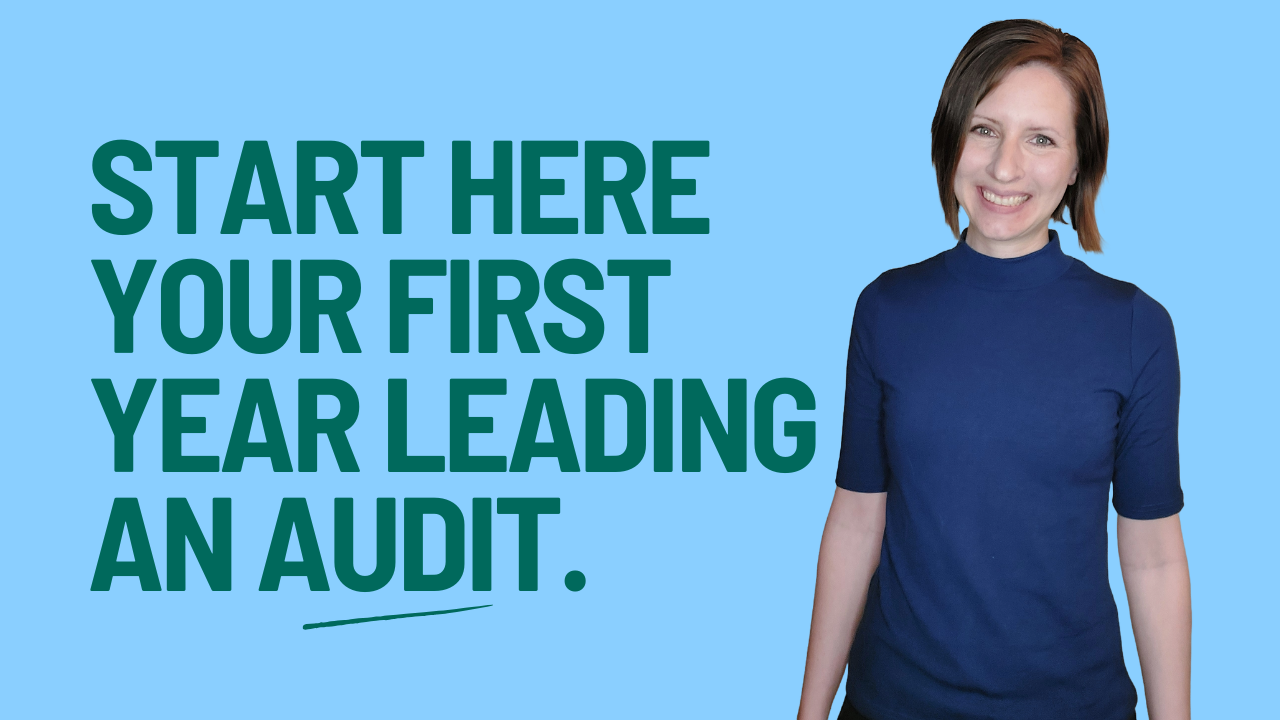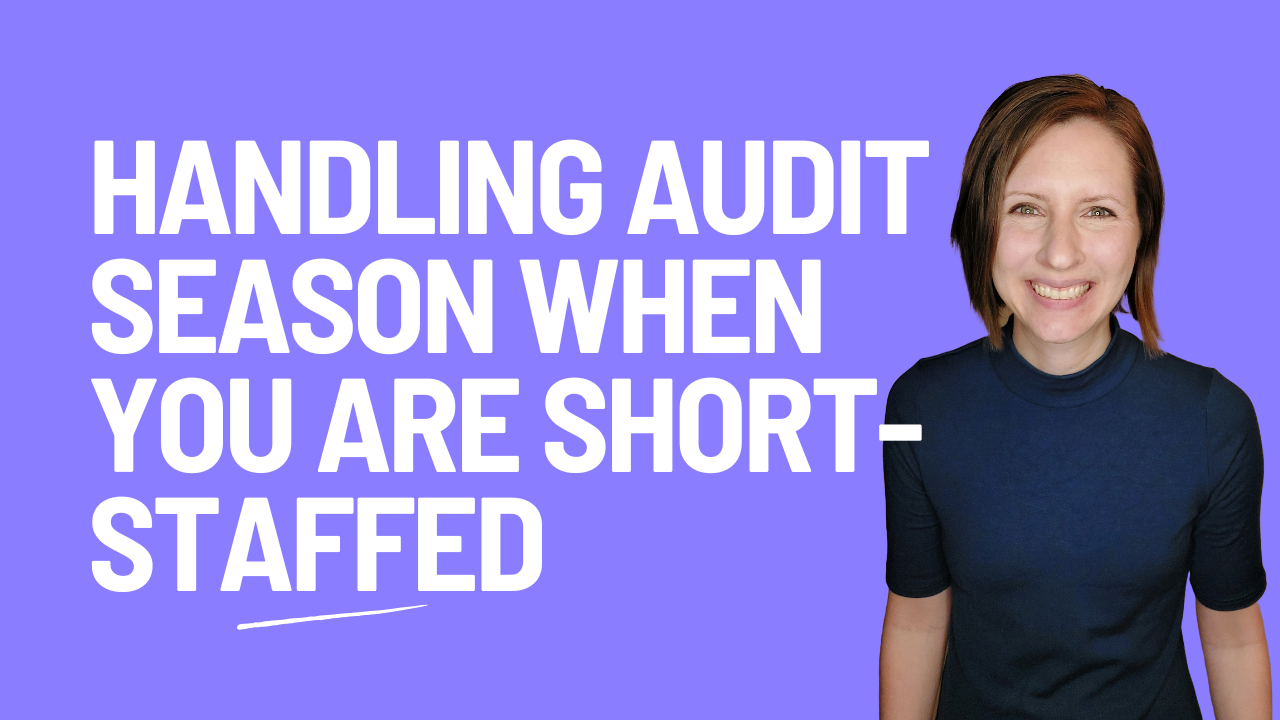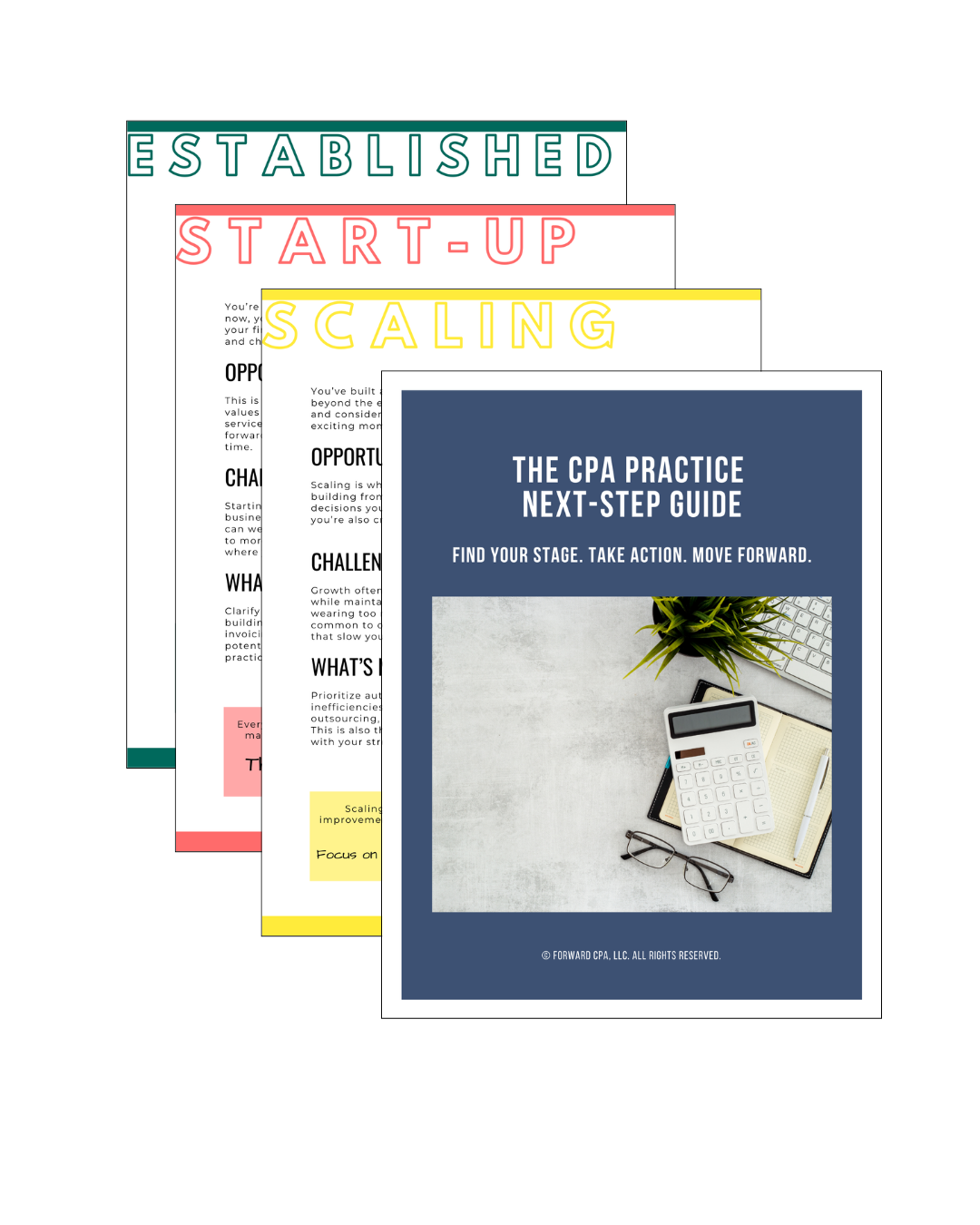From Spreadsheet to Chaos to Systematized Workpapers: A Case for Change
Jul 15, 2025
If your audit season still starts with opening a copy of last year’s Excel file and renaming it “FY24_final_FINAL_USE_THIS_ONE,” you’re not alone.
For many small firms—especially those handling government audits—spreadsheets have been the go-to tool for years.
And while they work… they also cause chaos:
-
Inconsistent formats
-
Missed tie-outs
-
Broken formulas
-
Reviewer confusion
-
Hours of rework that should have been avoided
You don’t need better spreadsheets.
You need a better system.
Here’s why systematizing your workpapers isn’t just a nice-to-have—it’s the foundation for a more scalable, profitable, and less stressful firm.
The Problem With “Just Use Last Year’s File”
Every time you start from a prior-year file, you inherit that year’s problems:
-
Outdated formatting
-
Unclear references
-
Embedded reviewer comments that were never removed
-
Workarounds built under deadline pressure
Multiply that across every engagement, and suddenly you’ve built an audit process held together by digital duct tape.
What Systematized Workpapers Look Like
Systematized doesn’t mean complex. It means repeatable, consistent, and review-ready.
✅ A systematized workpaper:
-
Has a standard layout and structure
-
Includes built-in tie-outs and validations
-
Clearly labels preparer, reviewer, and related accounts
-
Is stored in a logical, templated folder
-
Doesn’t rely on memory or prior-year luck
It’s not a custom file. It’s a reusable tool.
The Hidden Costs of Workpaper Chaos
You may think you’re saving time by skipping the system-building step—but the truth is, spreadsheet chaos is costing you:
🔹 Time
You spend hours reformatting, rechecking, and re-explaining the same sections to different staff (or to yourself).
🔹 Quality
Inconsistent documentation increases the risk of missed steps, sloppy tie-outs, or peer review issues.
🔹 Burnout
You’re doing work that should be delegated—but can’t be, because no one else knows how to follow your scattered process.
🔹 Growth
If everything depends on your memory, your time, and your review—your firm can’t scale.
Where to Start: High-Impact Workpapers to Standardize First
You don’t have to fix everything at once. Start with the workpapers that appear in every single audit:
✅ Capital Assets
→ Pre-built rollforward with sections for additions, disposals, and accumulated depreciation
✅ Long-Term Debt
→ Clearly separates principal vs. interest, ties to fund-level and government-wide totals
✅ Cash & Bank Recs
→ Includes a tie-out to the trial balance, outstanding items summary, and reconciliation logic
✅ Federal Programs
→ Designed for SEFA prep, major program testing, and Uniform Guidance documentation
✅ AJE Logs
→ Central location for all proposed, posted, and waived adjustments with explanations
Build once. Use forever.
Turn Templates Into Training Tools
Standardized workpapers aren’t just time savers for you—they’re training tools for your team.
When every audit area follows the same format:
-
Staff don’t have to guess what “done” looks like
-
Reviewers can scan for accuracy instead of fixing formatting
-
Onboarding new hires becomes easier (and repeatable)
Templates make delegation safer—and scale possible.
Final Thoughts: If You’re Going to Do It Every Year, Build It to Last
Government audits are complex enough.
Your workpapers shouldn’t add to the confusion.
When you move from spreadsheet chaos to systematized files, you take the first step toward a firm that runs more smoothly, serves more clients, and grows without burning you out.
You don’t need to automate everything today.
Just start with the spreadsheet that causes you the most pain.
Turn it into a template. Use it next time. Then do it again.
That’s how systems are built.
And that’s how chaos turns into consistency.
Your Next Step Forward
Join the newsletter designed to help CPAs take the next best step in building a practice they love, with practical insights, game-changing tools, and quick wins in every email.
We hate SPAM. We will never sell your information, for any reason.




